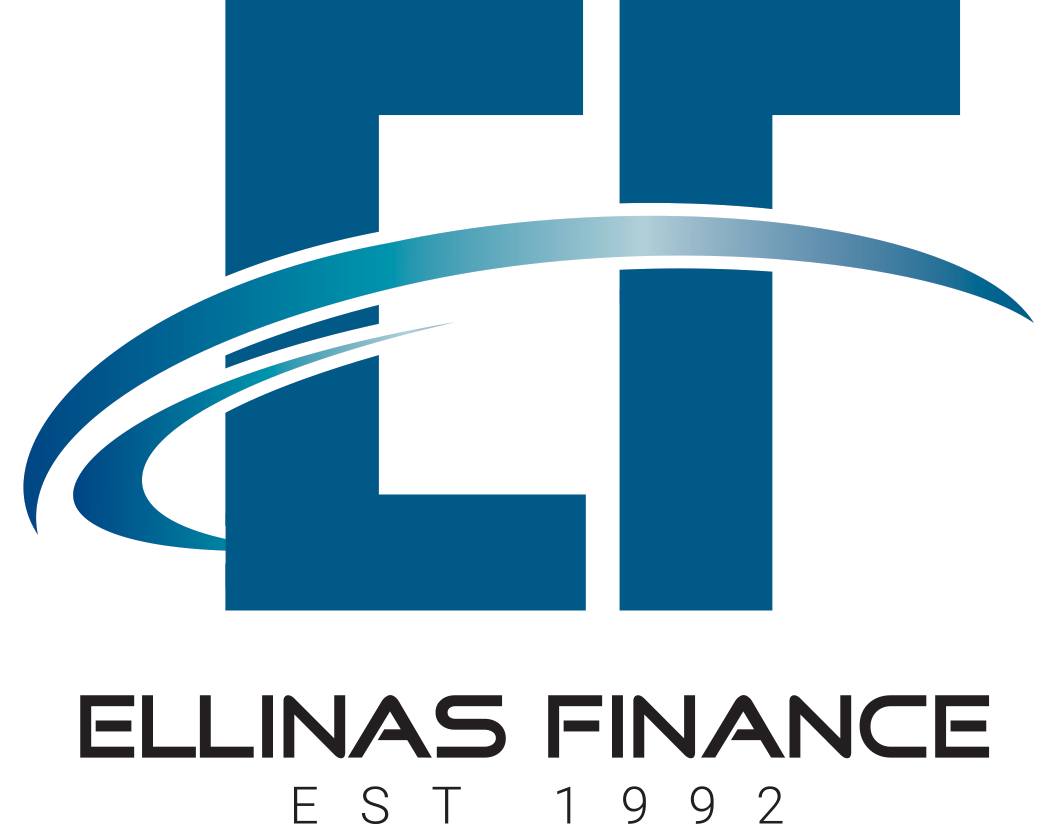
Following news of Cyprus’ credit rating upgrade, the European Central Bank announced it has restarted buying Cypriot bonds under its stimulus programme; with the aim of calibrating a gradual and measured increase in Eurosystem holdings towards Cyprus’ share in the ECB capital key. It has also pledged to make up slowly for its two and a half year exclusion from ECB buying.
Commenting on why now is the right time to invest in the island, Bank of Cyprus CEO John Patrick Hourican attributed the move from a junk status back into investment grade, in the four years of solid growth that ensued post the 2013 banking crisis.
In Hourican’s words, “there are a lot of indicators, which suggest that this is a good time to be investing in Cyprus. It does feel like the momentum is with the country.”
As things stand, Cyprus’ economy is currently on a steady growth path, unemployment is down at a rate that exceeds that of other Eurozone countries, and the island has had the largest fiscal surplus. Property market prices are also stabilising and rising.
With foreign direct investment having increased rapidly over the last few years, the economy is poised to grow far and beyond the tourism sector. More and more investors are in fact actively seeking to invest into sectors that range from health and education, to shipping and the energy field (natural gas).
Naturally, the scope of such exciting investment prospects has been warmly greeted by the government of Cyprus. Commenting on the state of the Cypriot economy, president Nicos Anastasiades praised the high growth rate, the consecutive balanced budgets, the stronger base for the banking system, and the reforms in welfare, healthcare, and tax administration as contributing factors to the success.
President Anastasiades does further note however that, for Cyprus to utilise its strong momentum to the full, further initiatives must be necessarily implemented, including strategies that aim for the transformation of the public service and its digital modernisation.
The government’s plan, he said “is to remain focused on maintaining and broadening the conditions under which surpluses and high growth rates can be generated, to continue promoting structural reforms and improving the country’s business environment.”
It’s a reform agenda that’s ambitious, but it reflects the positive outlook of an economy that has gone through troubled and murky waters before achieving its impressive recovery, in a remarkable amount of time.

